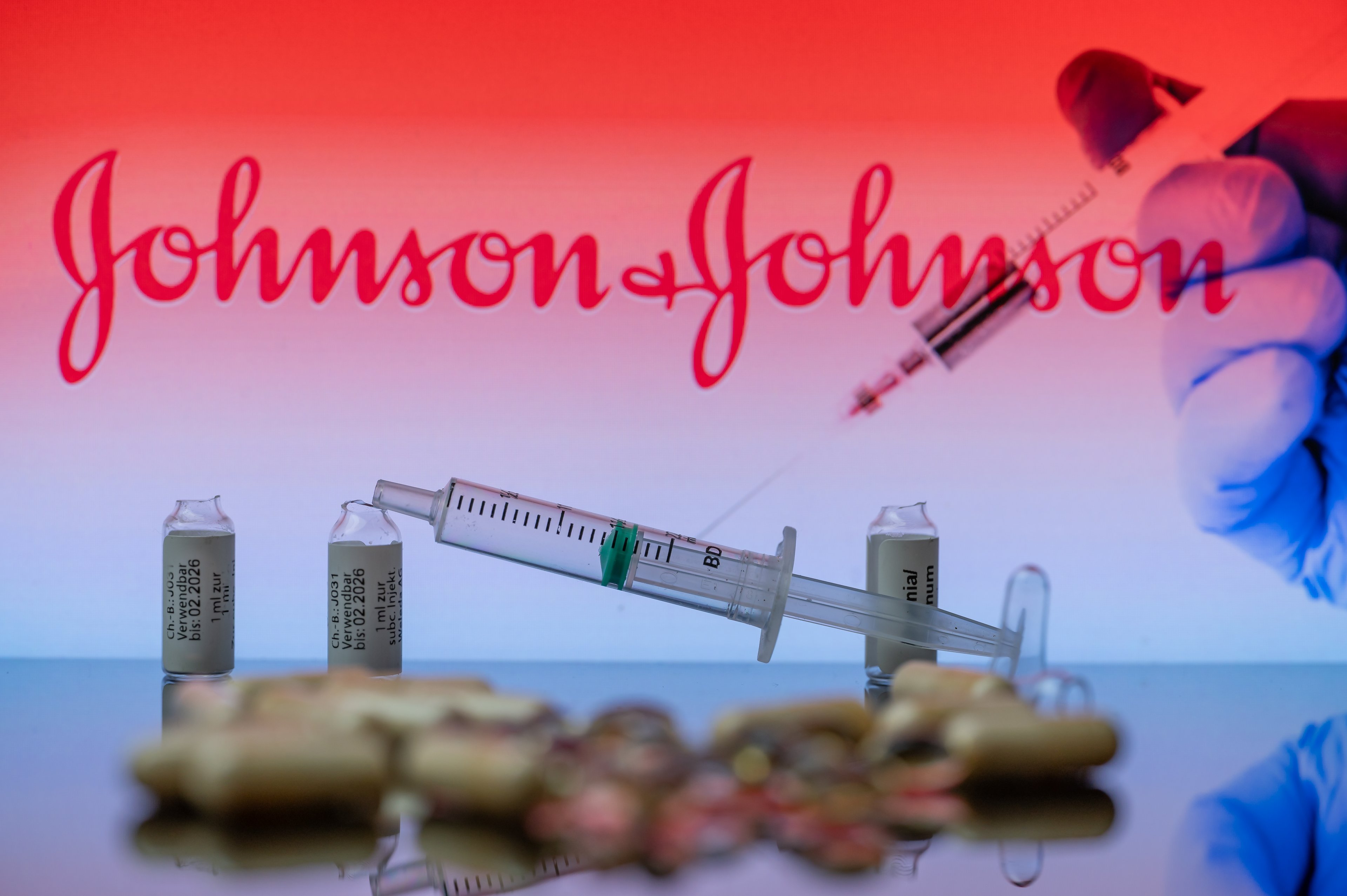As the coronavirus pandemic continues, investors from every part of the spectrum are looking for safe, stable companies to rely on -- and a nice dividend doesn't hurt. Here are three great healthcare stocks whose dividends are the cherry on top of a great operation.
Start with Johnson & Johnson, the gold standard of healthcare dividend stocks
I love Johnson & Johnson (JNJ +1.59%) as a healthcare dividend giant. It's a diversified company that is built to handle anything thrown at it: lawsuits, pandemic shutdown, zombie apocalypse, whatever.
It's almost as if Johnson & Johnson is an alternate universe, one where pandemics don't seem to matter too much.
The company's first-quarter 2020 numbers, released April 14, show a 3.3% increase in sales (compared with the same quarter a year ago) and a 54.6% rise in net earnings. Its consumer health and pharmaceutical divisions saw 9.2% and 8.7% increases in sales, respectively. The only group where sales slowed was medical devices, which dropped 8.2%.

Image Source: Getty Images.
Johnson & Johnson is also working with Emergent Biosolutions on a contract to help manufacture a vaccine to treat COVID-19.
The company has increased quarterly dividends for 58 years and this month announced it was raising the second-quarter dividend to $1.01 a share, an increase of 6.3% from the first quarter and a solid yield of 2.62% (above the S&P's average yield of about 2%). The only downside is that Johnson & Johnson's dividend yield is more conservative than some other healthcare stocks.
AbbVie is much more than Humira
Pharmaceutical giant AbbVie (ABBV 0.63%) may only have been around since 2013, but that's not stopping it from making money: The company boasted 2019 full-year net revenue of $33.3 billion. About $14.8 billion of that came from its star biologic drug, Humira, but the company expects that number to drop with more biosimilar competition to the drug in Europe and, in 2023, in the United States.
But AbbVie has diversified its drug pipeline well beyond Humira, Two drugs, in particular, stand out after launches last year: Skyrizi, which treats moderate to severe plaque psoriasis in adults, brought in net revenue of $355 million , and Rinvoq, which treats rheumatoid arthritis, brought in $47 million.
AbbVie's acquisition of Allergan, which is likely to be finalized soon, will add to the company's balance sheet and pipeline -- Allergan brings with it drugs including Vraylar (for schizophrenia), Botox and Juvederm (for skin), and Restasis (eye drops). AbbVie's dividend offers a 5.51% annual yield, and the stock is well priced, with a P/E ratio of 16 and a stock price well below its 52-week high of $97.86. Its first-quarter results are due May 1.
The company predicted stand-alone revenue growth on an operational basis of 8% in 2020. That guidance was issued before the pandemic shutdown, but it shows AbbVie is likely in solid shape to have another strong year.
GlaxoSmithKline has its eye on the future
GlaxoSmithKline (GSK 1.00%) has given its investors a little heartache of late, falling to a 52-week low of $31.43 per share on March 23. It has since rebounded more than 36%. The most positive recent news from the company came on April 14, when it announced it was working with Sanofi (SNY 1.26%) on a COVID-19 vaccine. And GlaxoSmithKline's dividend yield of 4.73% makes up for any short-term bumps; in fact, it just increased its dividend 21%, to $0.567 a share .
First-quarter results are expected today, and the company has said it expects sales to be slightly down, as decreases in the sales of its established drugs won't be completely made up for by increased sales of its newer drugs. That's not surprising, considering what happened with the world economy during the first quarter; what's notable is that the decline is expected to be slight, showing the essential strength of large healthcare companies with a diversified pharmaceutical pipeline, such as GlaxoSmithKline.
One particular area to watch for GlaxoSmithKline is its stable of new oncology drugs, including belantamab mafodotin, used to treat multiple myeloma (a type of blood cancer), and Zejula, used to treat ovarian cancer. Some of the newer drugs that increased sales last year included Shingrix, a shingles vaccine ($2.3 billion in 2019); Trelegy Ellipta, used to treat a wealth of chronic obstructive pulmonary disease (COPD) symptoms ($642 million); and Juluca, used to fight HIV ($455 million). The company has said it could have as many as six new drugs this year in its oncology, HIV, specialty and respiratory divisions.
Two threads connect all three stocks
All of these stocks have the growth you might expect from a healthcare stock, and because of their strong dividends, they also offer the safety investors may be looking for during a turbulent time in the market. If I had to pick, I'd go with AbbVie, because its short-term business looks as solid as its long-term outlook and it has the best yield of the three. If you're purely looking for safety, Johnson & Johnson is your best bet. Investors will want to wait on GlaxoSmithKline's first-quarter earnings before jumping in.










